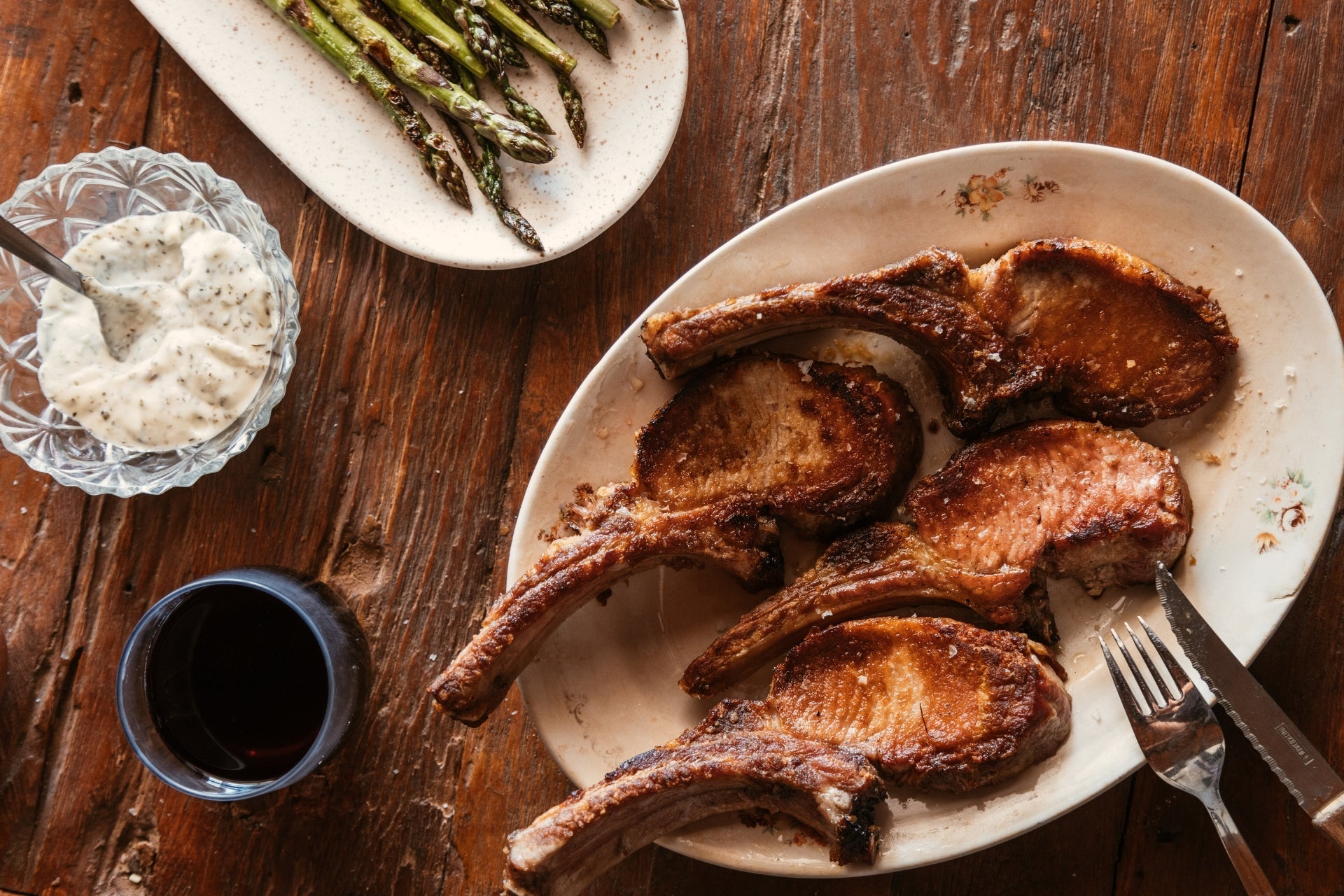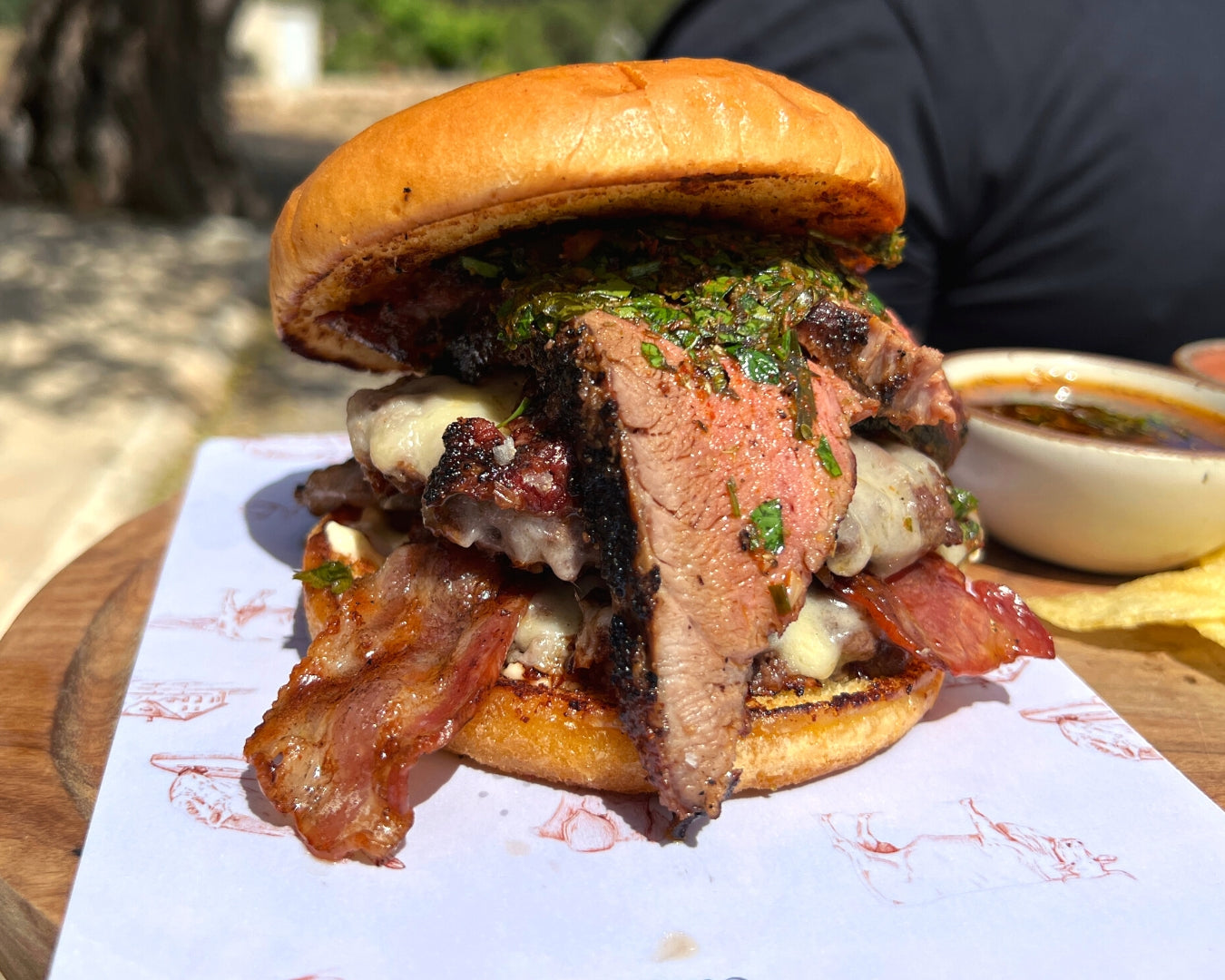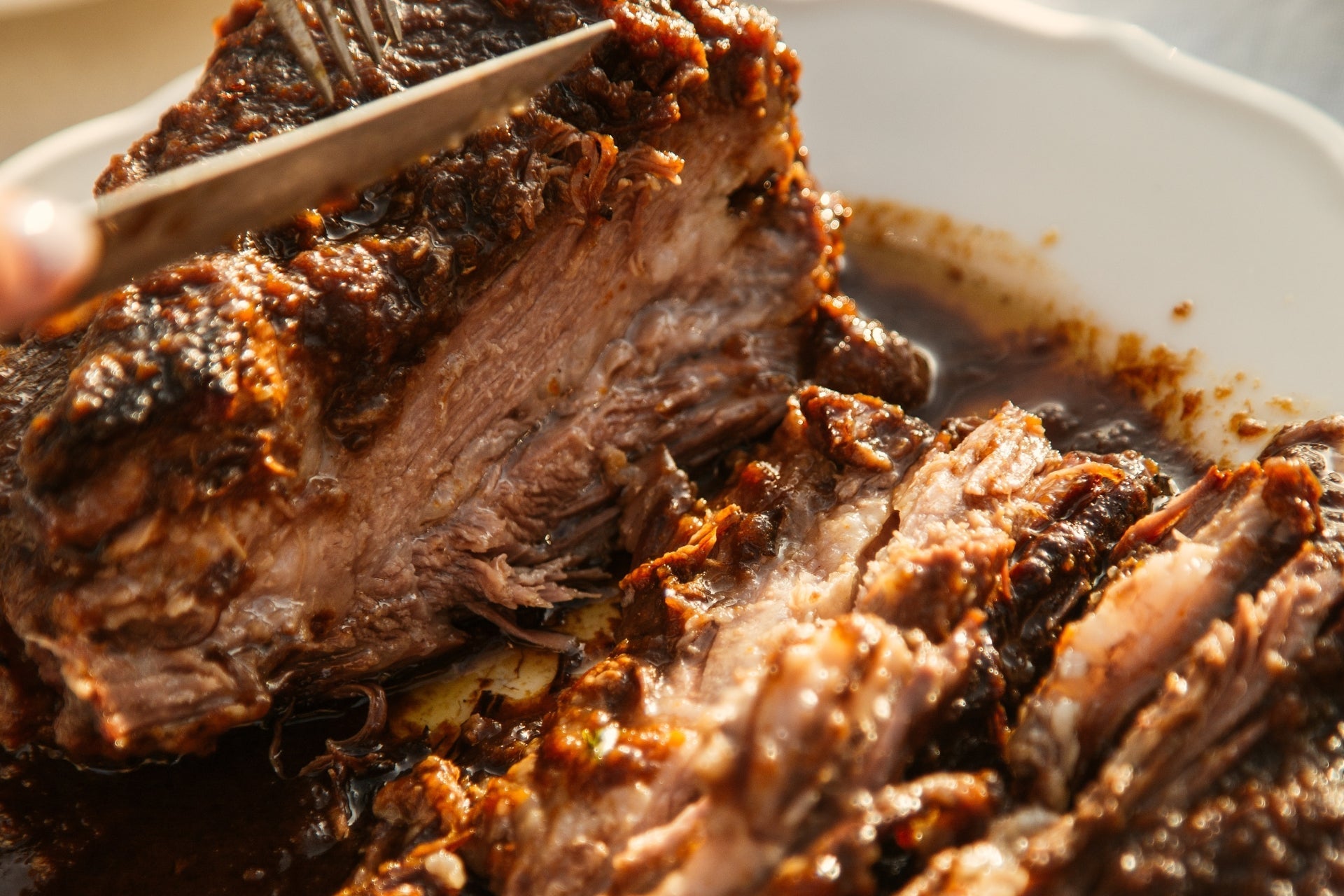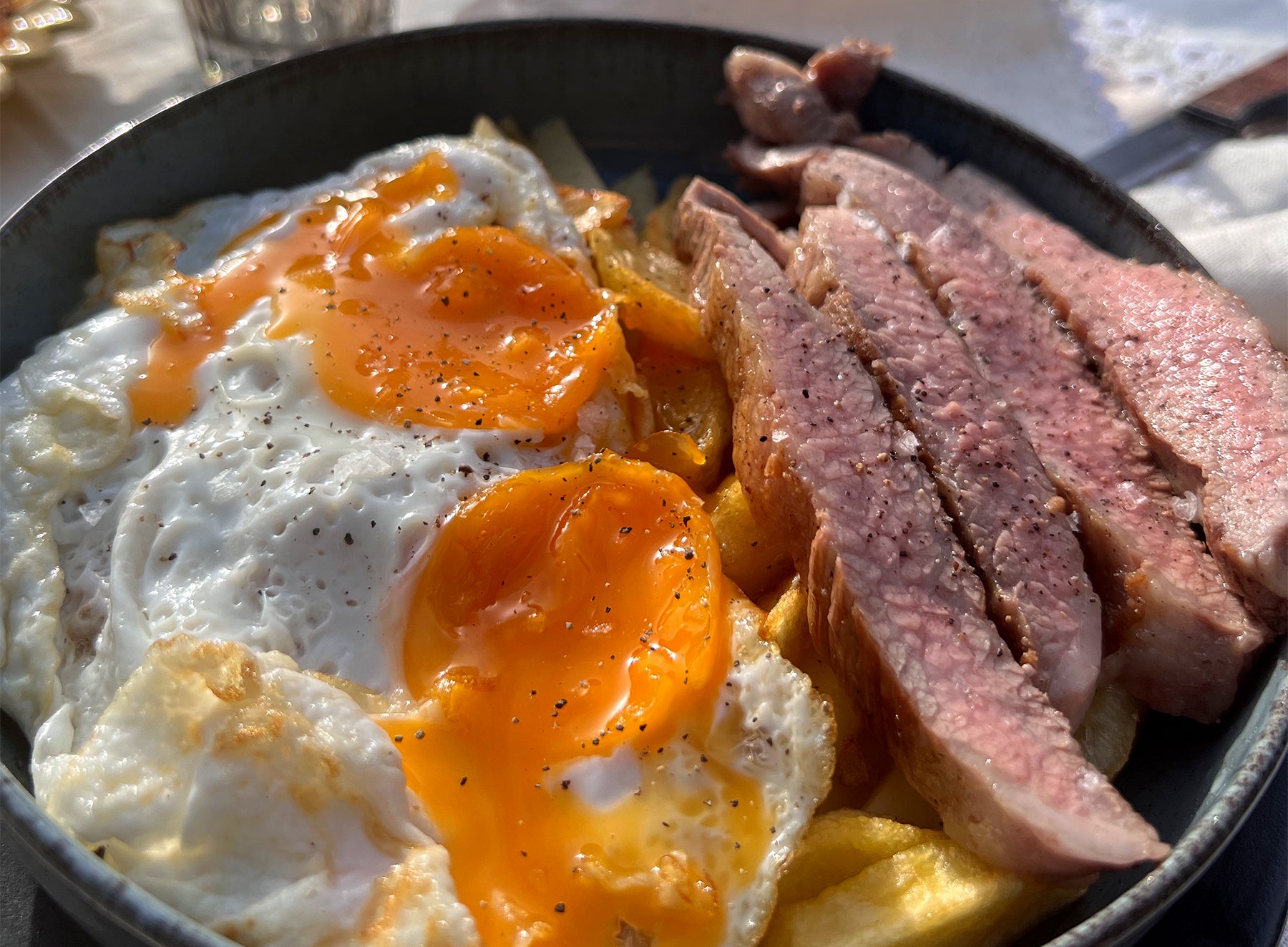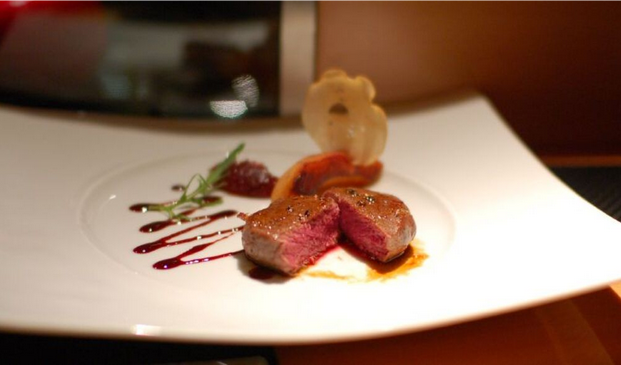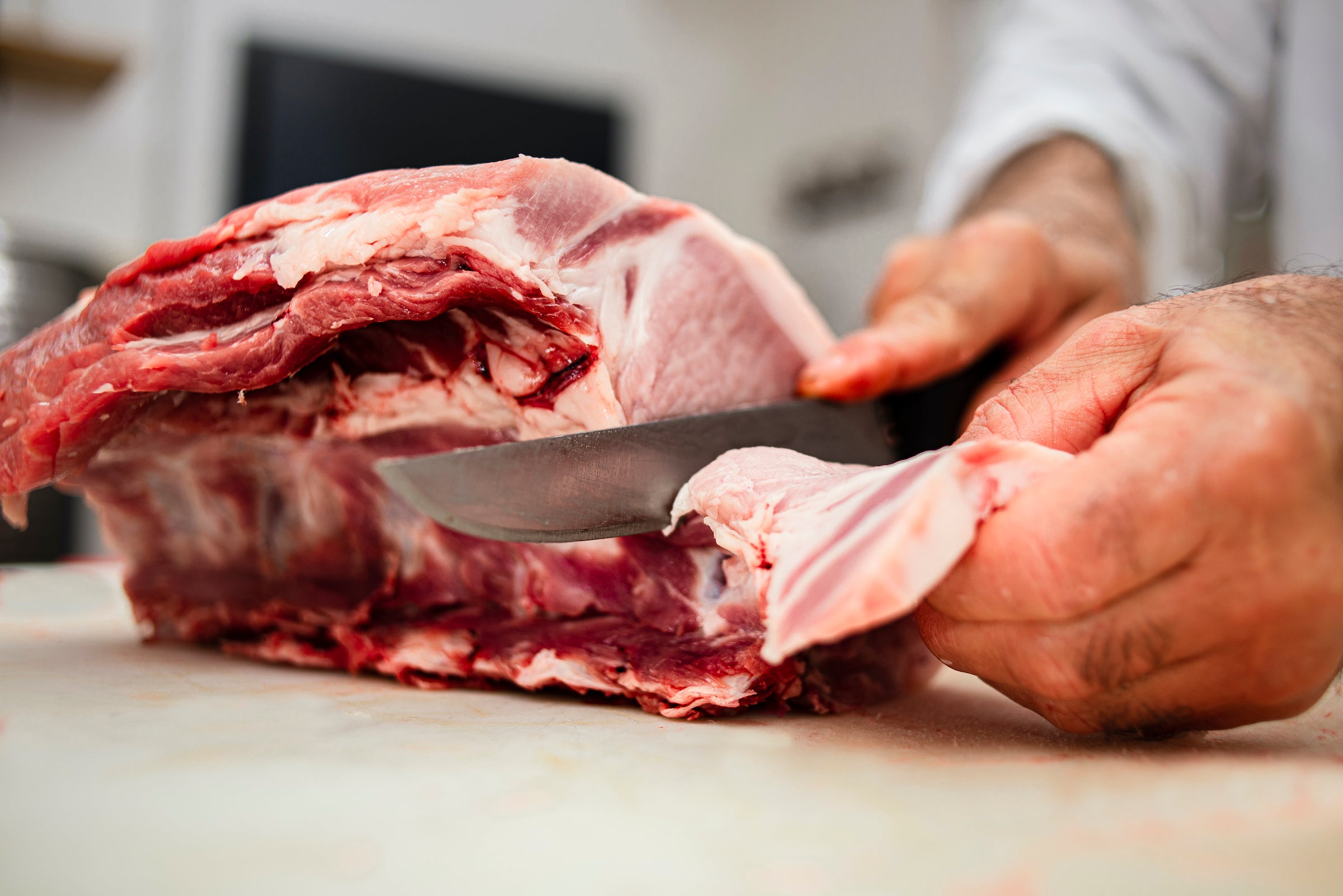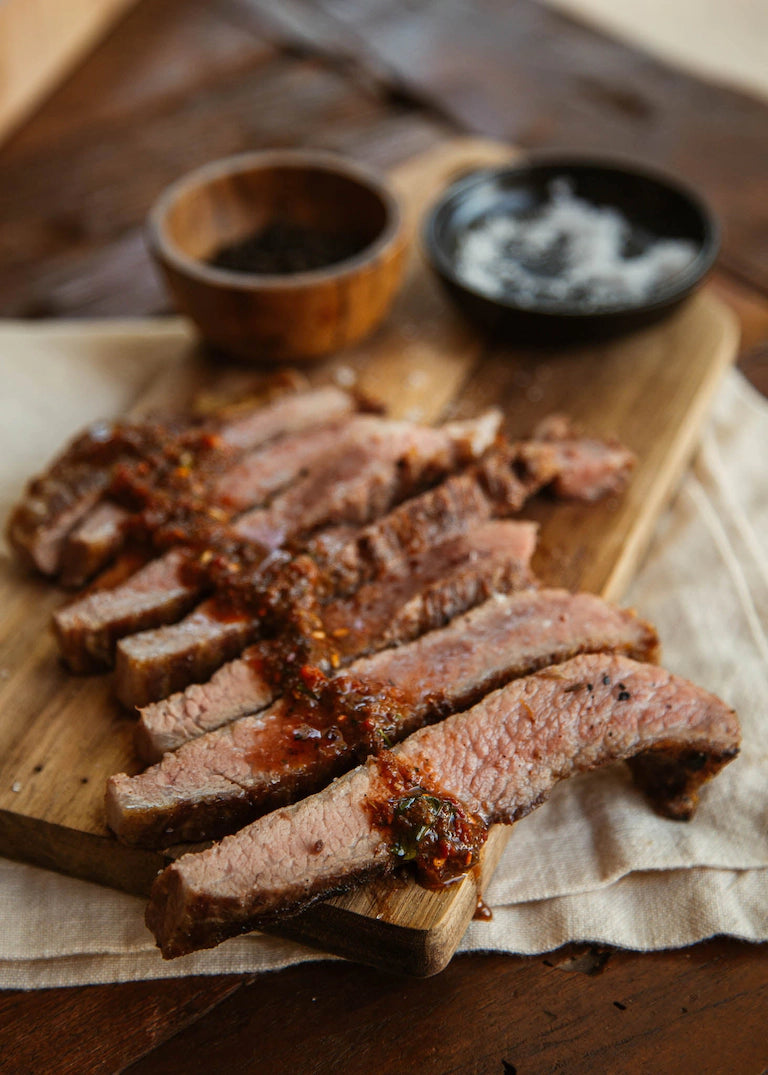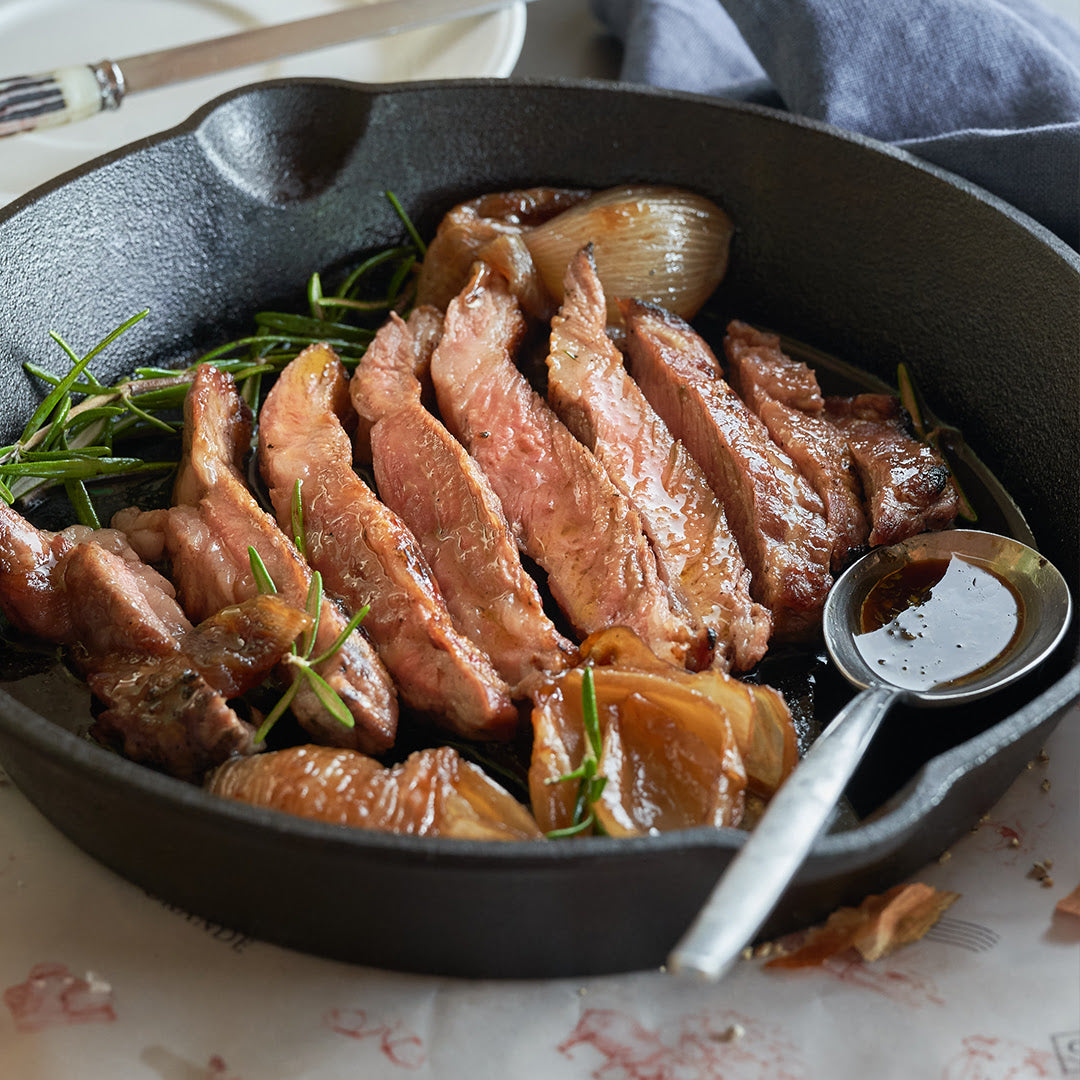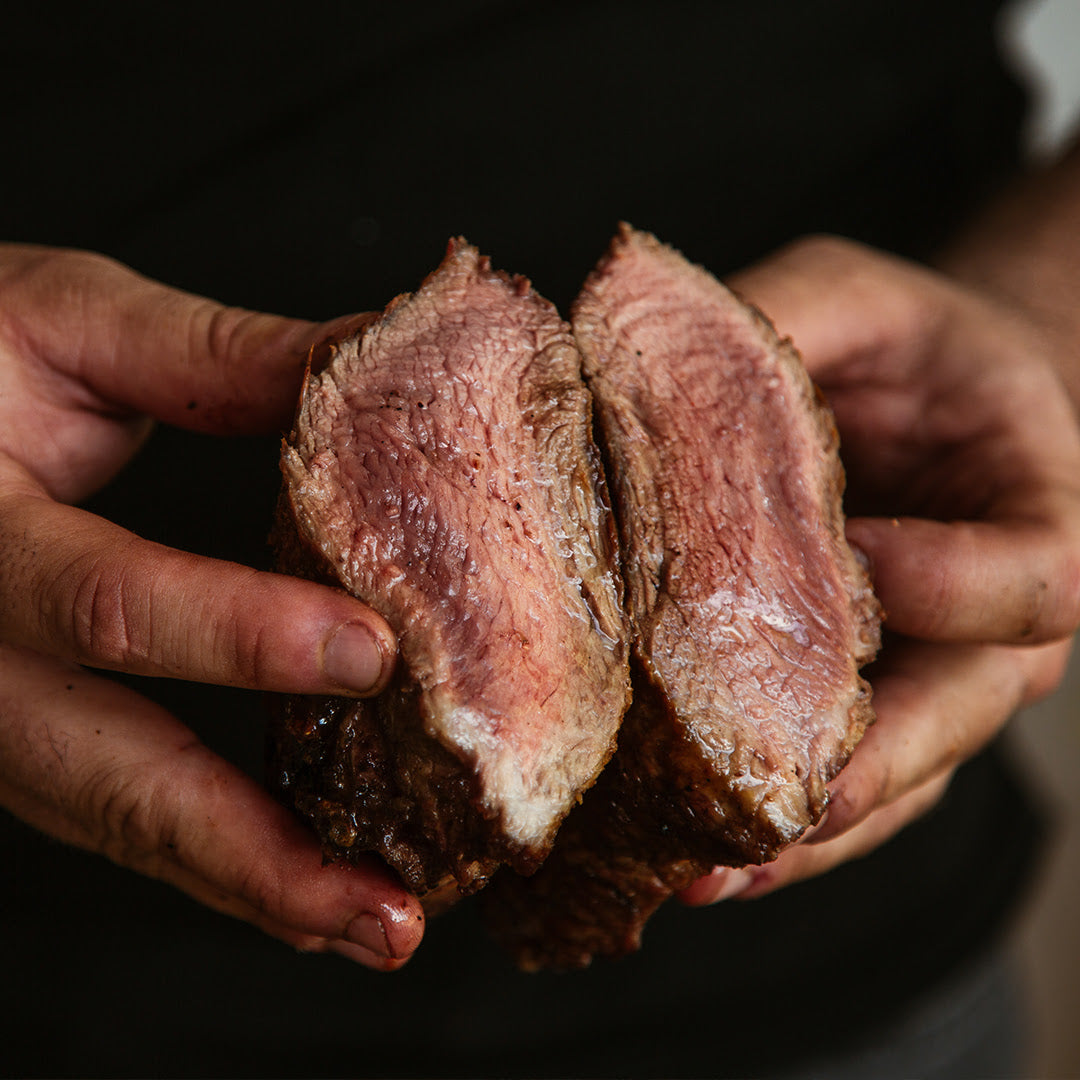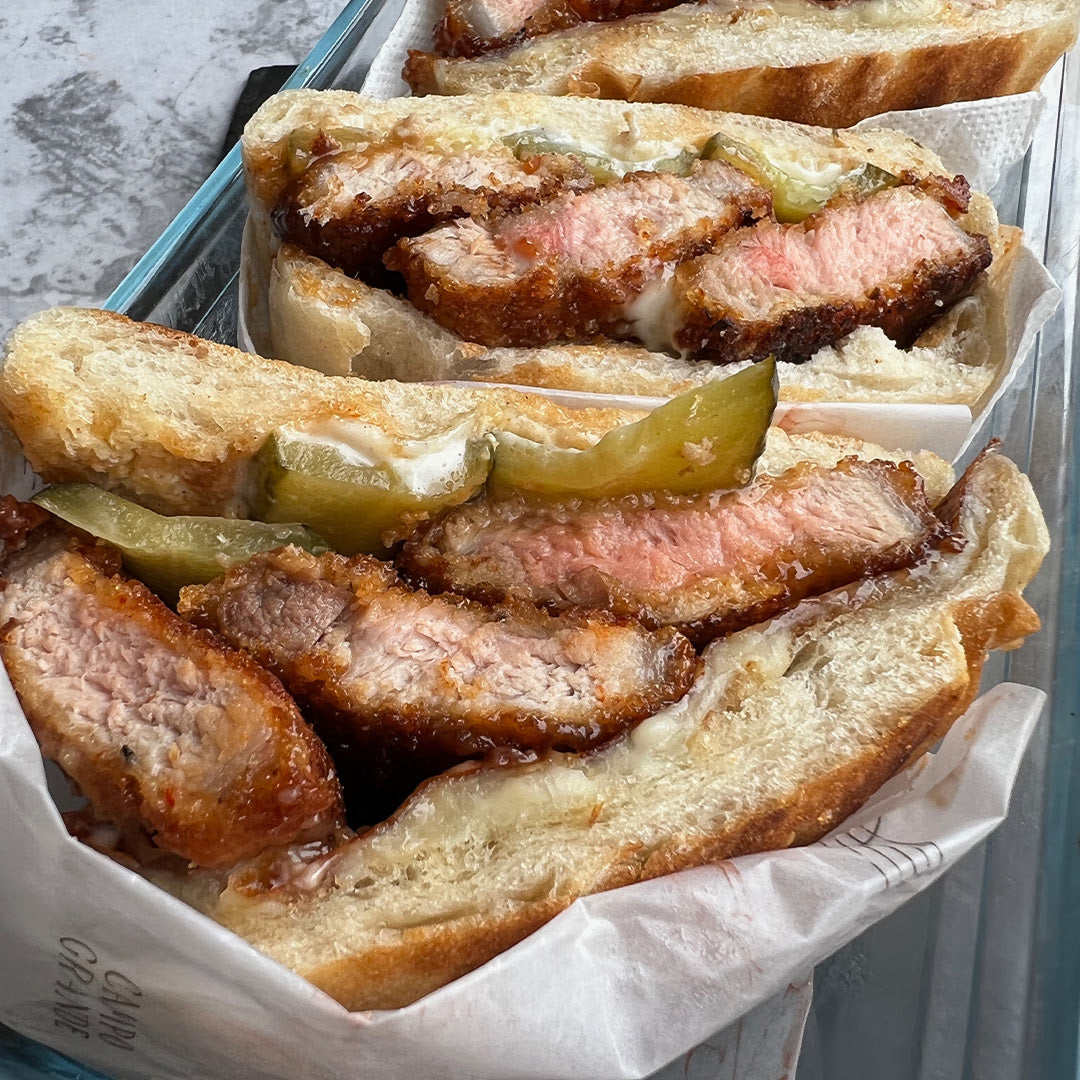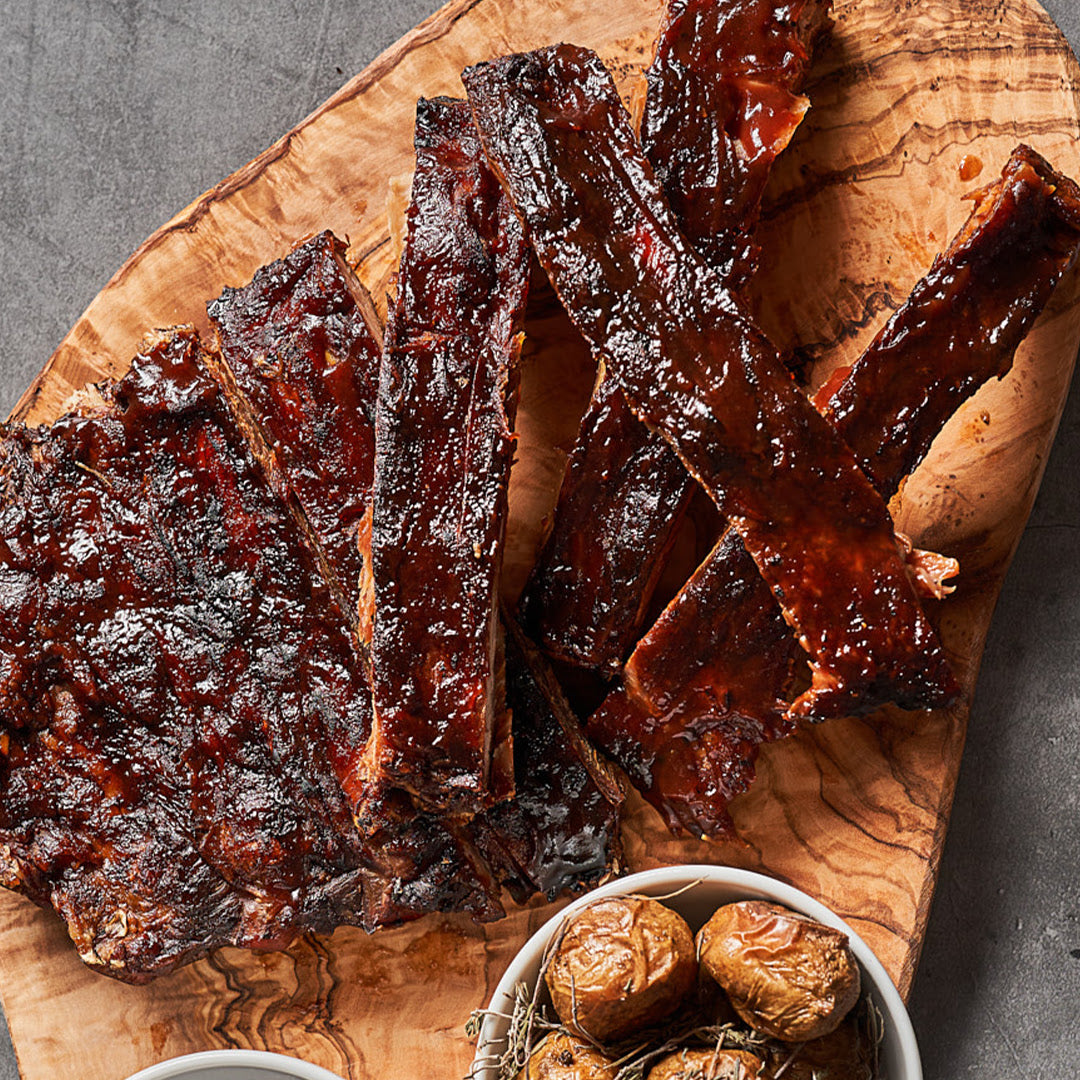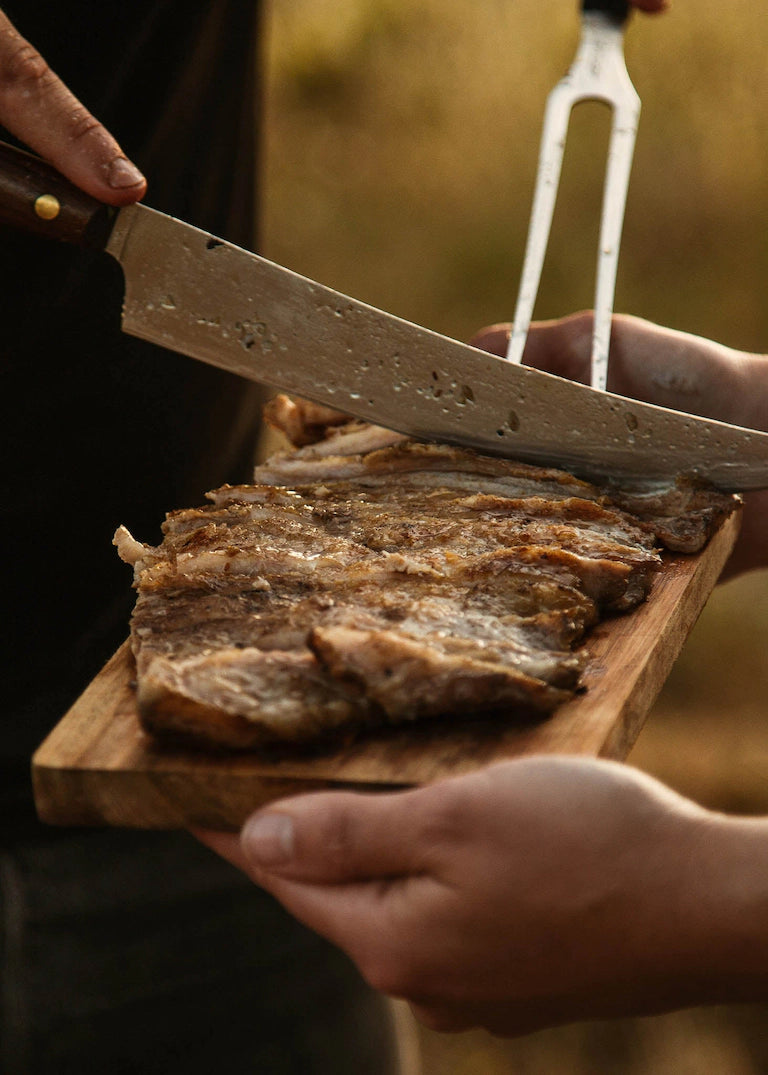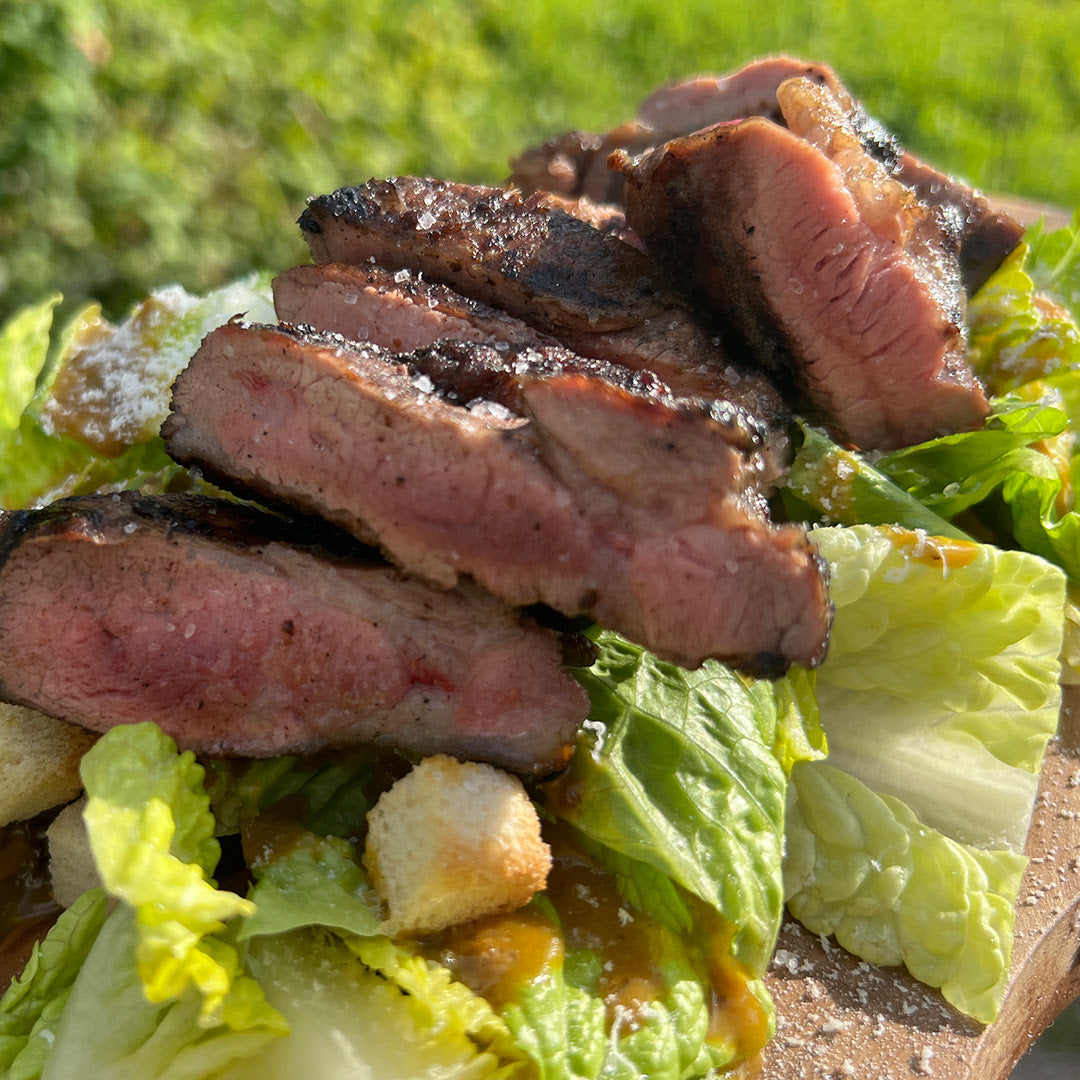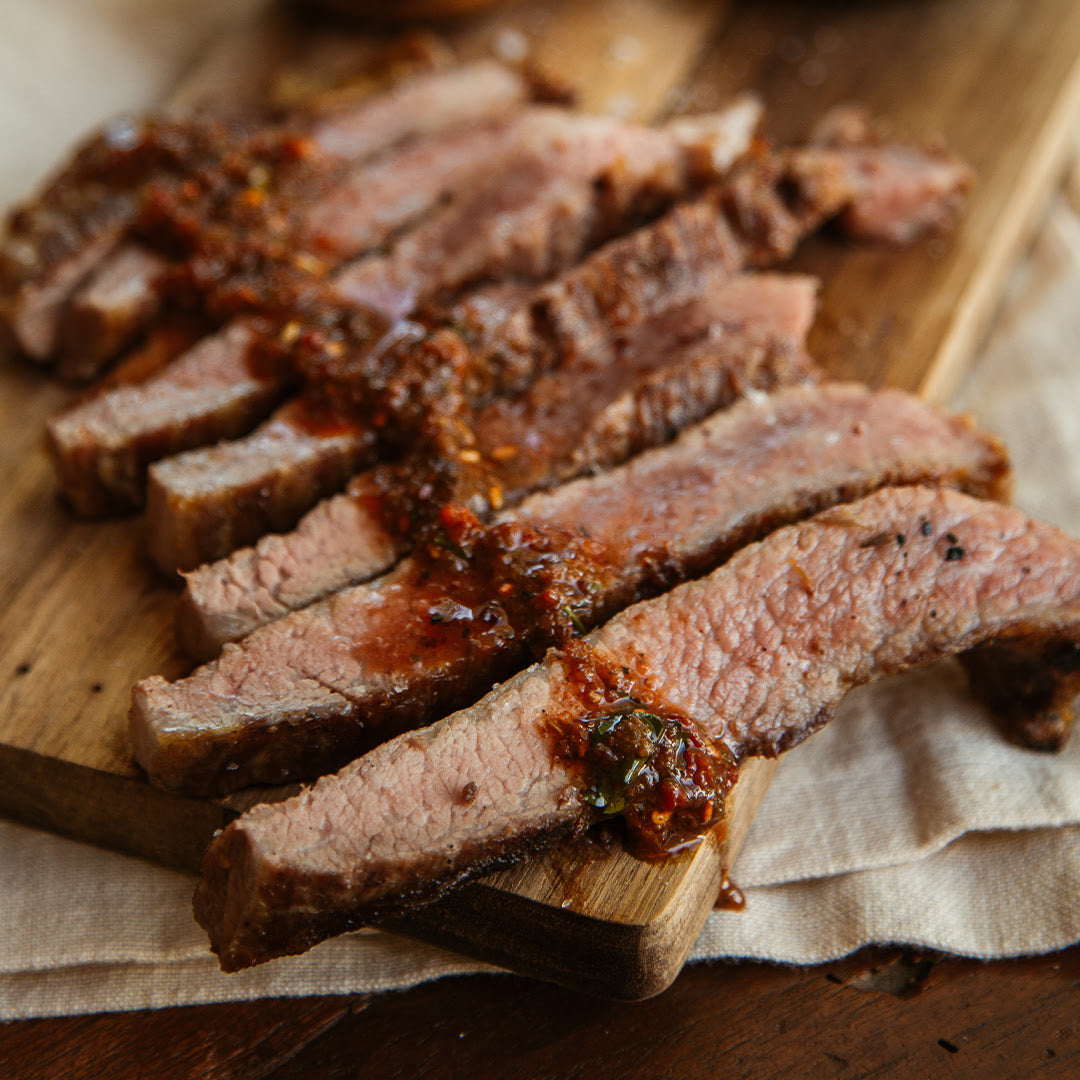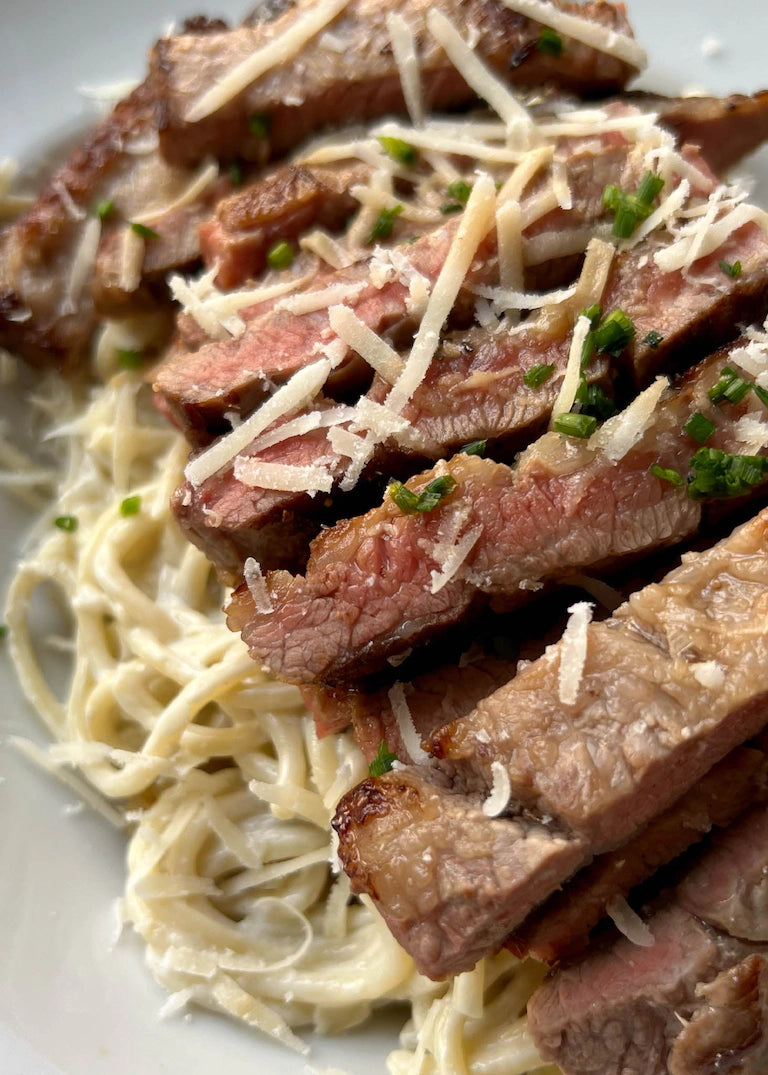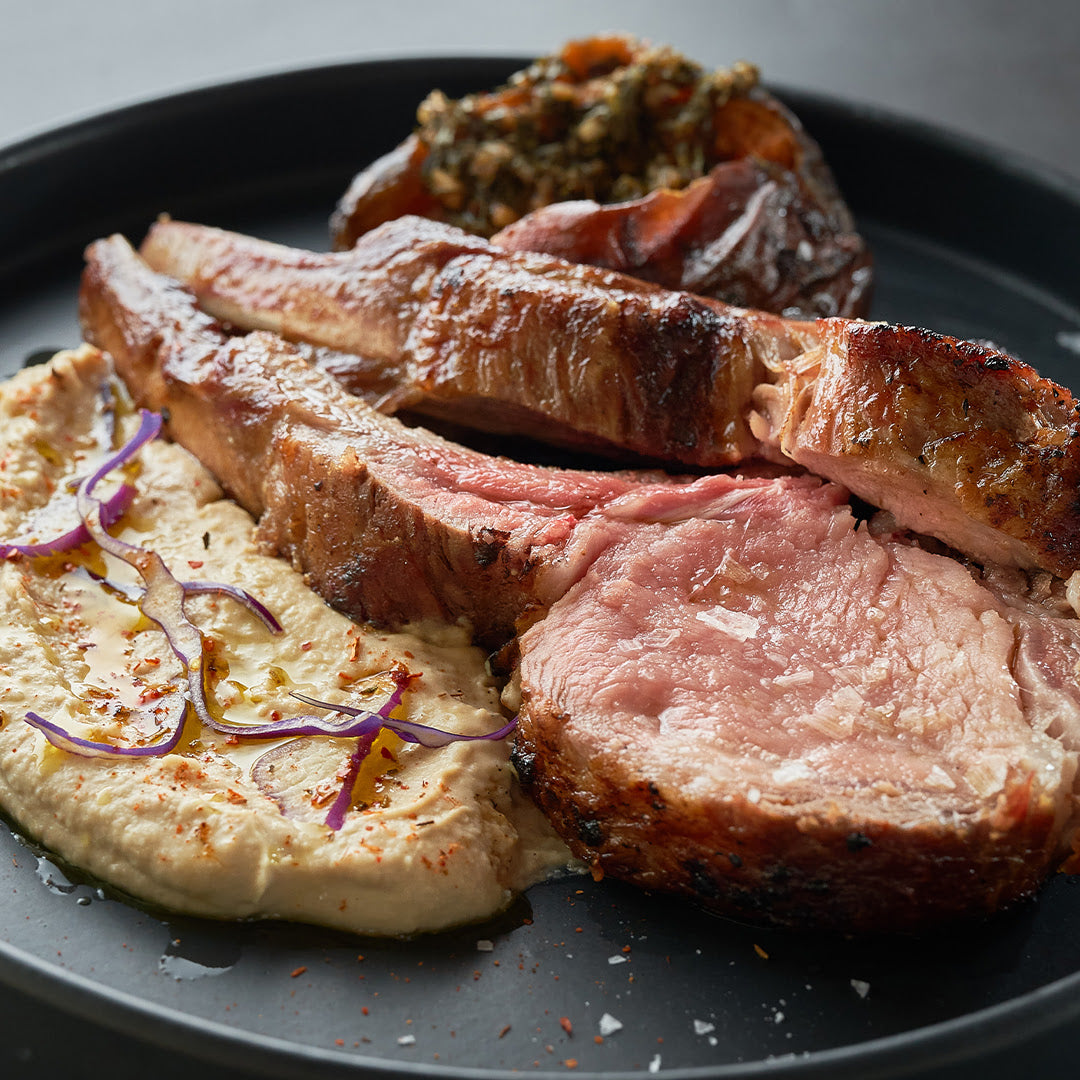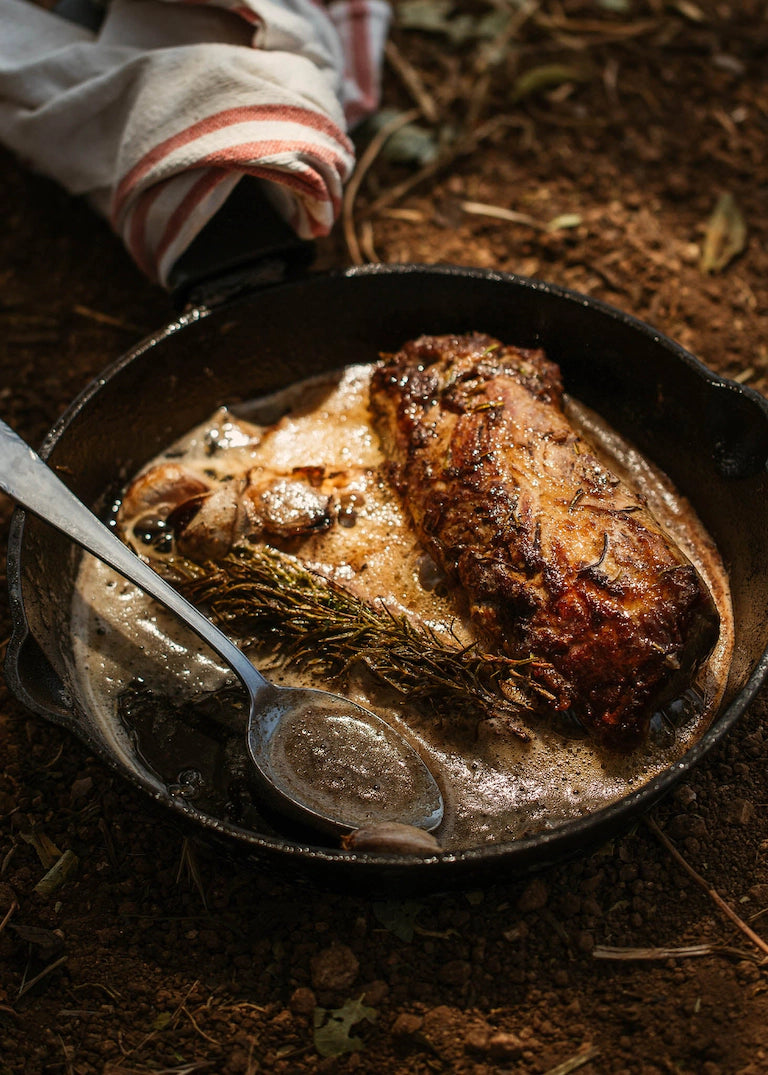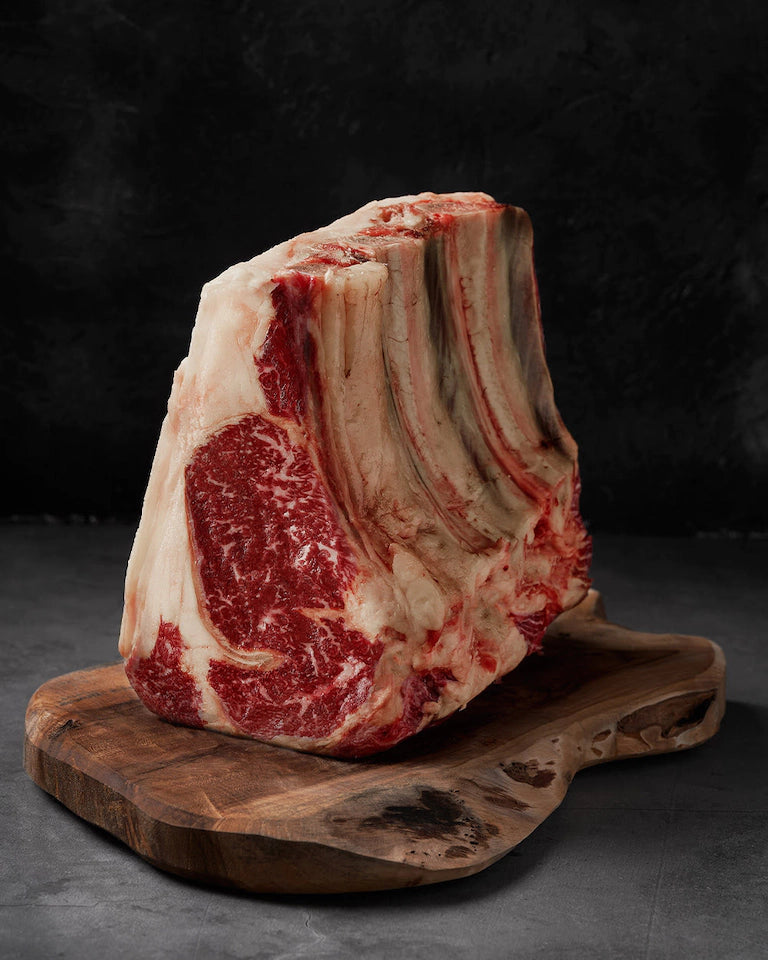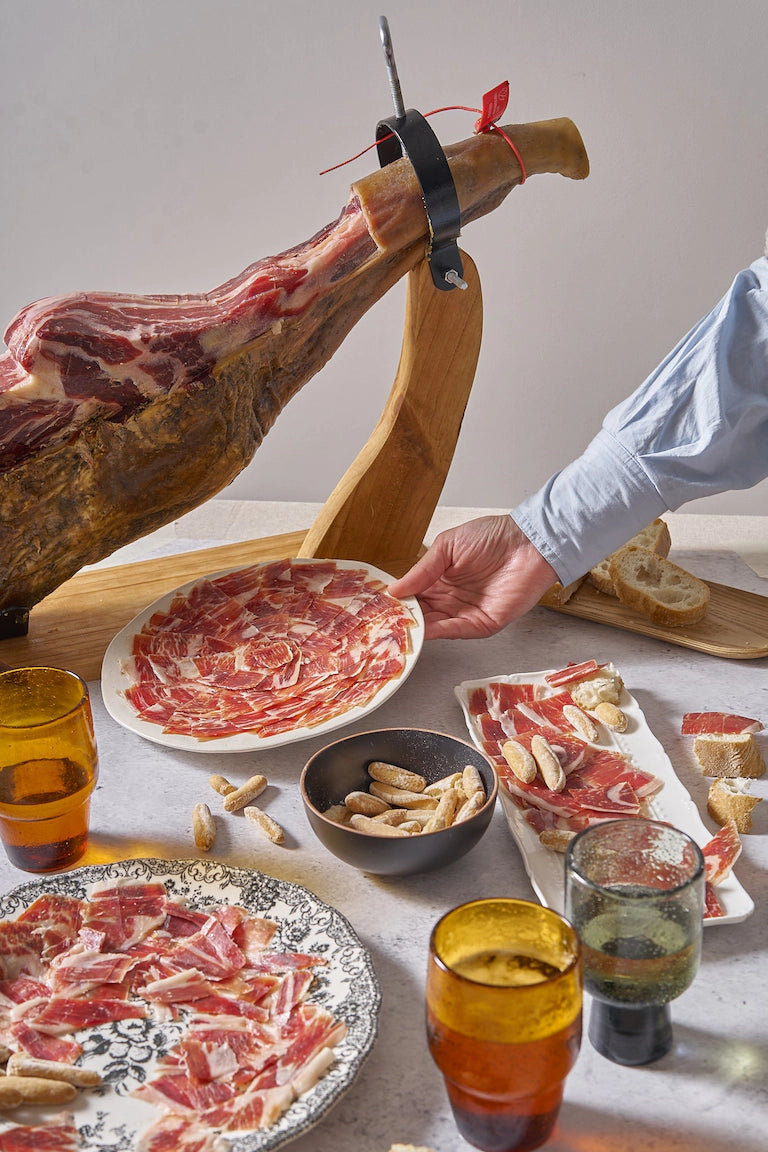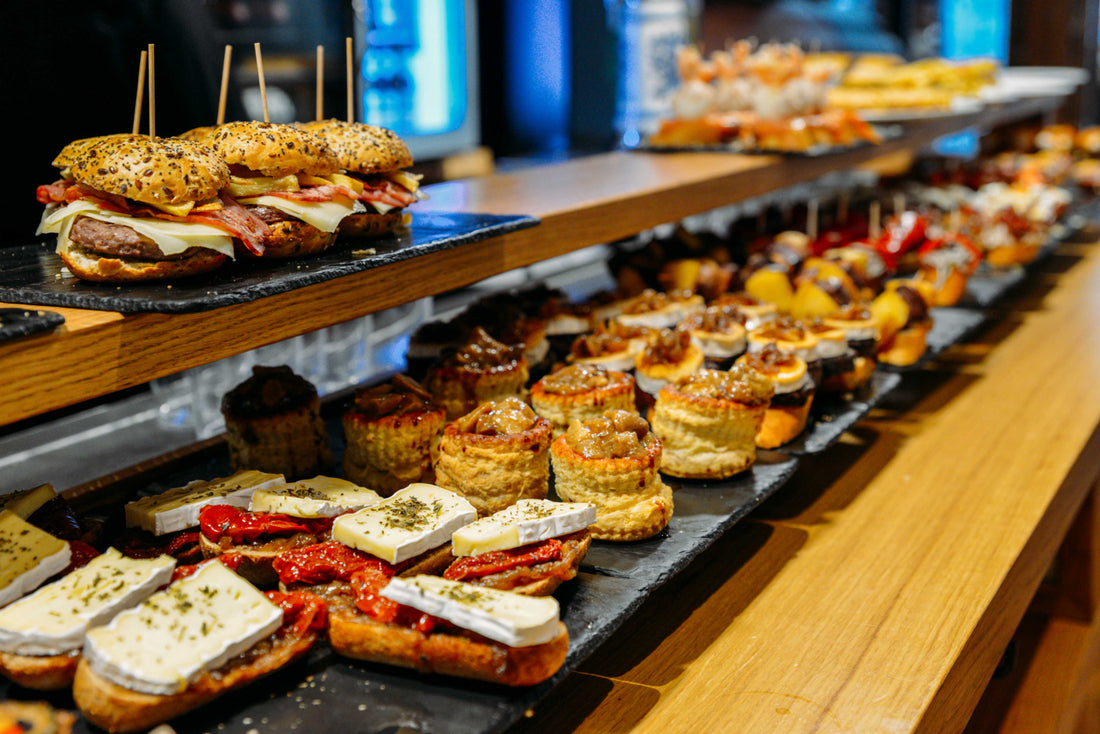
Have you ever heard of the Camino de Santiago? Chances are you have, since it is the most famous Christian pilgrimage route in the world. Millions of pilgrims have traveled this road since the Middle Ages, all trying to reach the tomb of St. James the Greater, one of the 12 apostles of Jesus of Nazareth.
It is possible to complete this route by making use of several routes, such as the Northern Way, the English Way or the French Way; the latter being the most important of all. The road ends at the cathedral of Santiago de Compostela, but its cultural influence does not end here.
In fact, in 1993 this road was declared a world heritage site because of its relevance in European history and the impetus it gave to the development of the continent, as this road served as a passageway for communication and cultural exchange since the Middle Ages.
In the medieval era, this road was synonymous with a constant flow of ideas, culture, art, food and much more. It was this continuous pilgrimage that contributed to a diverse and rich gastronomy that, today, can still be found on the Camino de Santiago and has spread to other parts of the world. Despite the years, it is still considered a cultural meeting point.
A true gastronomic route
If you follow the French Route, you will be traveling through Navarra, Aragón, La Rioja, Castilla y León, and Galicia. Therefore, you will be able to approach the cuisine of at least 5 communities of Spain, with all its particularities.
At one time the Camino de Santiago pilgrimage was exclusively a religious activity, but now, many decide to embark on this journey to see the sites, taste the food and simply disconnect from the city for the time it takes to complete the route.
What can you eat here?
Beginning the tour you must pass through two communities: Navarre and Aragon. Unlike other cuisines of the country, influenced mainly by the Arab world, the cuisine of these two regions has French and Basque influences. In this part of the tour you will enjoy mostly recipes with bread, cheese and vegetables.
First stage
In Navarra you will be able to delight yourself with the famous pintxos, specifically when you arrive in Pamplona. A dish that will be very easy to get, as it is sold everywhere.
The base of the pintxos is a slice of bread on which different ingredients such as cheese, mushrooms and even fish are placed. This is a very good way to try different flavors in the same dish.
On the other hand, in Aragon you can enjoy some migas aragonesas, a hearty dish that will allow you to eat like a king with just stale bread, garlic, olive oil and a sausage. However, if you prefer something with meat, you can't miss the chilindrón chicken, because its sauce will show you the typical flavors of the region.
Second stage
When you get to this part of the road, you will see a change in the gastronomy, as it will focus more on meats, soups and stews. In fact, it could be said that one of the most famous elements of La Rioja's gastronomy is not a specific dish, but a delicious sauce that accompanies many of its best recipes.
With the Rioja sauce you can enjoy the well-known Rioja-style potatoes, Rioja-style eggs and, of course, Rioja-style cod. These dishes, although they look simple, have a great taste and are ideal to regain strength to continue on the road. In fact, these dishes were eaten by peasants who needed energy to continue with their workday.
In Castilla y León, you can find delicacies such as garlic soup and olla podrida. The first, also called Castilian soup, offers an exquisite combination of flavors that will satiate you on winter days, although it will make you feel light. On the other hand, the second recipe is much more hearty, because apart from beans and rice, it also comes with pork ear and snout, bacon, ribs and even chorizo.
If you prefer meat, you will not be able to leave this part of the road without trying a suckling lamb or the famous Burgos black pudding.
Third stage
Once in Galicia, it is time to finish the journey and rest, so the dishes that are usually consumed in this part of the Camino de Santiago are much less heavy, but just as delicious.
You can start the day with the famous Galician empanadas, which can be filled with different ingredients.
An octopus á feira can be your lunch, to taste the delicious meat of this animal with olive oil and paprika. It seems simple, but the explosion of flavor in every bite is indescribable.
And finally, it is necessary to finish the tour with a Santiago cake in Santiago de Compostela. A very famous soft and almond sponge cake that honors the apostle.
As you can see, gastronomy varies from region to region thanks to the influence of different cultures along the Camino de Santiago. At the end of the tour you will not only have learned more about the religion and landscapes, but you will also discover European history through each dish.
